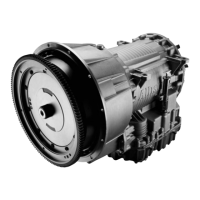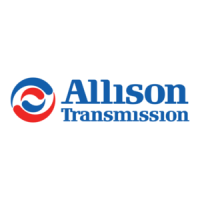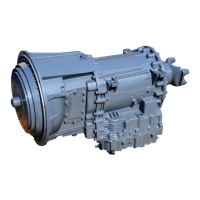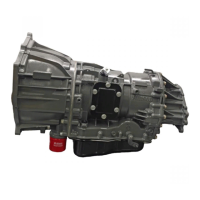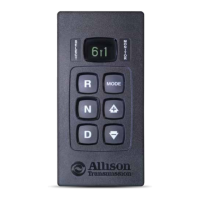2–1. PERIODIC INSPECTION AND CARE
Clean and inspect the exterior of the transmission at regular intervals. Severity of
service and operating conditions determine the frequency of these inspections.
Inspect the transmission for:
• Loose bolts—transmission and mounting components
• Fluid leaks—repair immediately
• Loose, dirty, or improperly adjusted throttle sensor
• Damaged or loose hoses
• Worn, frayed, or improperly routed electrical harnesses
• Worn or frayed electrical connections
• Dented, worn or out-of-phase driveline U-joints and slip fittings
• Clogged or dirty breather
Inspect the vehicle cooling system occasionally for evidence of transmission fluid.
Transmission fluid in the vehicle cooling system indicates a faulty oil cooler.
CAUTION: When welding on the vehicle:
• DO NOT WELD on the vehicle without disconnecting all control
system wiring harness connectors from the ECU.
• DO NOT WELD on the vehicle without disconnecting ECU
battery power and ground leads.
• DO NOT WELD on any control components.
• DO NOT CONNECT welding cables to any control components.
A label (ST2067EN) describing on-vehicle welding precautions is available from
your authorized Allison service dealer and should be installed in a conspicuous
place. A vehicle used in a vocation that requires frequent modifications or repairs
involving welding must have an on-vehicle welding label.
2–2. IMPORTANCE OF PROPER TRANSMISSION FLUID LEVEL
Transmission fluid cools, lubricates, and transmits hydraulic power. Always
maintain proper fluid level. If fluid level is too low, the torque converter and
clutches do not receive an adequate supply of fluid and the transmission overheats.
Section II
PREVENTIVE
MAINTENANCE
20
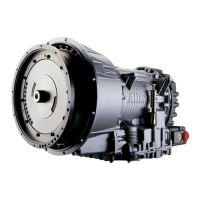
